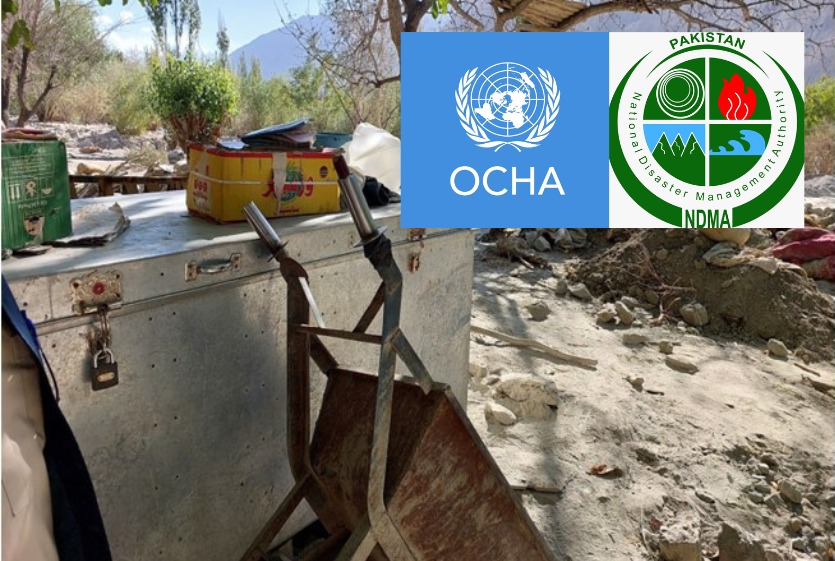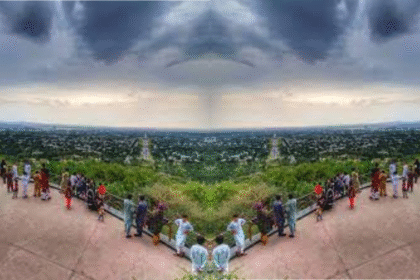Pakistan and UN Launch $117 Million Monsoon Contingency Plan to Aid 8.1 Million Vulnerable People
Nadeem Tanoli
Islamabad: Pakistan, in collaboration with United Nations agencies and humanitarian partners, has unveiled a $116.7 million contingency plan to prepare for potential large-scale flooding during the 2025 monsoon season. The plan aims to deliver urgent life-saving assistance to 1.3 million of the most vulnerable individuals, selected from an estimated 8.1 million people projected to need humanitarian support across the country.
The Inter-Agency Monsoon Contingency Plan has been developed jointly with the Government of Pakistan and is based on a worst-case scenario where national emergency response capabilities may be overwhelmed. It draws heavily on the experiences of previous climate disasters, particularly the devastating 2022 floods that inflicted over $14.9 billion in damage and affected 33 million people.
According to the Pakistan Meteorological Department’s forecast, normal to slightly above-normal rainfall is expected between July and September 2025, especially in central and southern regions. The plan identifies 33 high-risk districts across Sindh, Balochistan, Punjab, and Khyber Pakhtunkhwa as the most vulnerable to riverine and flash floods. In these areas, over 16 million people could be impacted, with 8.1 million expected to require aid.
The response plan outlines a comprehensive, sector-based funding strategy to address multiple humanitarian needs. The largest share—$31.25 million—is allocated to food security and agriculture, aiming to deliver food rations, cash assistance, seeds, and livestock support to 600,000 individuals. Health interventions worth $20.62 million are set to provide essential medical services, deploy mobile teams, and strengthen disease surveillance for outbreaks like cholera and dengue.
Water, sanitation, and hygiene (WASH) initiatives will receive $17.54 million to provide clean drinking water, emergency latrines, and hygiene kits for nearly 960,000 people. The education component, allocated $16.06 million, includes temporary learning centers and psychosocial support for 260,000 affected children. Shelter and non-food items, with a budget of $9.58 million, will offer emergency shelter kits, blankets, and repair materials for 320,000 displaced people.
Nutrition programs targeting 350,000 women and children are set to receive $10.02 million, while $5.49 million is earmarked for protection services such as gender-based violence response, child protection, and support for persons with disabilities and refugees. Additional funds are dedicated to early recovery, logistics, and operational coordination.
The Government of Pakistan, led by the National Disaster Management Authority (NDMA) and provincial bodies (PDMAs), will spearhead the disaster response, with the international humanitarian community providing support. A multi-phase approach has been established: from early warning and deployment of rapid needs assessment teams to full-scale humanitarian mobilization within days of an emergency.
Despite its comprehensive scope, the plan also acknowledges significant operational challenges. These include damaged infrastructure that may hinder aid delivery, bureaucratic delays in staff permissions, and a complex security environment in regions such as Khyber Pakhtunkhwa and Balochistan. The plan also notes a reduced field presence of the UN Office for the Coordination of Humanitarian Affairs (OCHA) from August 2025, which may affect coordination efforts at the provincial level.
The strategy reinforces humanitarian principles and emphasizes accountability to affected communities and protection from sexual exploitation. Vulnerable populations, including displaced families, women and children, elderly persons, individuals with disabilities, and Afghan refugees, are placed at the center of response planning.
With the early launch of this contingency plan, Pakistan and its humanitarian partners are focused on maximizing preparedness, mobilizing resources ahead of the storm, and ensuring a timely, effective, and dignified response to any climate-induced crisis.












